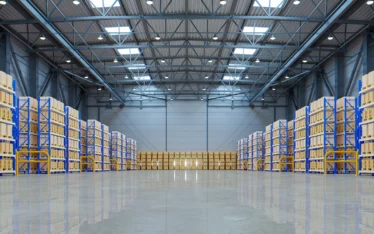Shipping containers come in a range of designs and sizes. The most popularly used are dry van containers as these contain general freight. Other types are refrigerated containers as these transport chilled cargoes or those that have been deep-frozen. Meanwhile, special containers are designed to move specific types of cargoes.
All containers need to conform to international quality standards. Essentially, they must be able to withstand the harsh elements of nature. Specifically, containers for ocean shipping must be strong enough to survive the marine environment.
The basic features sturdy shipping containers must possess include the following:
- Steel must be corrosion-resistant
- Marine-grade paint must be used to protect the containers
- Additional ventilation is necessary for worry-free condensation
- Door handles must be fitted with locking bars (waist-high) to allow ease of use
- Rot and vermin-proof marine ply floor
- Lockbox
- Watertight
- Structurally sound
Shipping container dimensions
Standard ISO (International Organization for Standardization) shipping containers are 8 feet wide and 8.5 feet high. They could either be 20 feet in length or 40 feet. High-cube containers are extra tall and are 9.5 feet high. A standard 20ft container is capable of carrying 100 washing machines thanks to its 33.1 cubic meter capacity.
- A container’s standard width is 8 ft
- In Europe, 8ft 2.4 inch wide containers are used to accommodate specific pallet types
- Container sides are mostly corrugated. The corrugation’s depth is one inch.
- The similarly corrugated back, as well as the doors, are 2 inches thick.
- The underside clearance of a standard container’s floor is 6 inches and is 1.1 inches thick.
- The standard container’s entrance door is 7ft 6 inches.
The sizes of a few containers are reduced by cutting them down to the required size. Usually, sizes are cut down to 8 ft, 12 ft, 16 ft, 24 ft, 32 ft. Besides the varied container sizes, so do its designs. A few of which include the following:
- Tunnel containers – where double doors are seen at both ends
- Open-sided containers – where doors are down at one side
- Double open-sided containers – where doors are completely down on both sides
- Open-top containers offer a tarpaulin roof that is easily removable
- Refrigerated containers – specially made for cargoes with frozen or perishable items
- Flat racks – made for oversized cargoes with no side panels, roof, and collapsible end frames
- Half-height containers – utilized for coal and other heavy bulk cargoes
- Tank containers – for liquid cargo
The structure of shipping containers
Containers are specially made to deliver cargo. They need to be vertically lifted from cranes and moved from ship to shore. They, therefore, need to be sturdy especially at the top corners where they will be connected via a crane’s twist lock. The containers’ top corners are points of strength. The corner posts receive this strength and get transferred to the corner castings at the bottom and the floor.
The container floor is made of steel cross and is 6 inches deep and 20 inches apart. Essentially, the container’s strength is found on the floor and corner posts. Any damage done to these areas will cause the container to weaken.
Conclusion
All in all, shipping containers are valuable in facilitating global trading. Thanks to containers, goods can be loaded from factories and transported to warehouses and stores without the need to unload their cargo. Currently, there are more than 14 million containers moved to and from ports in every part of the world.
20ft containers are more convenient to maneuver and transport. They also cost less than 40ft containers. Consider the requirements of your business when choosing the shipping container to use. Your merchandise’s weight and dimensions will determine the container that is best for your shipment.



